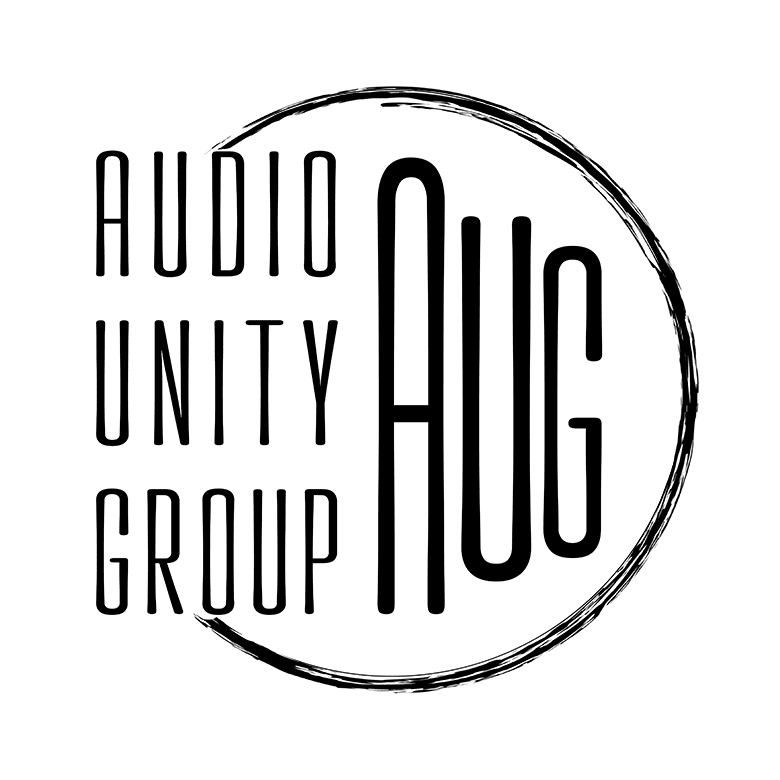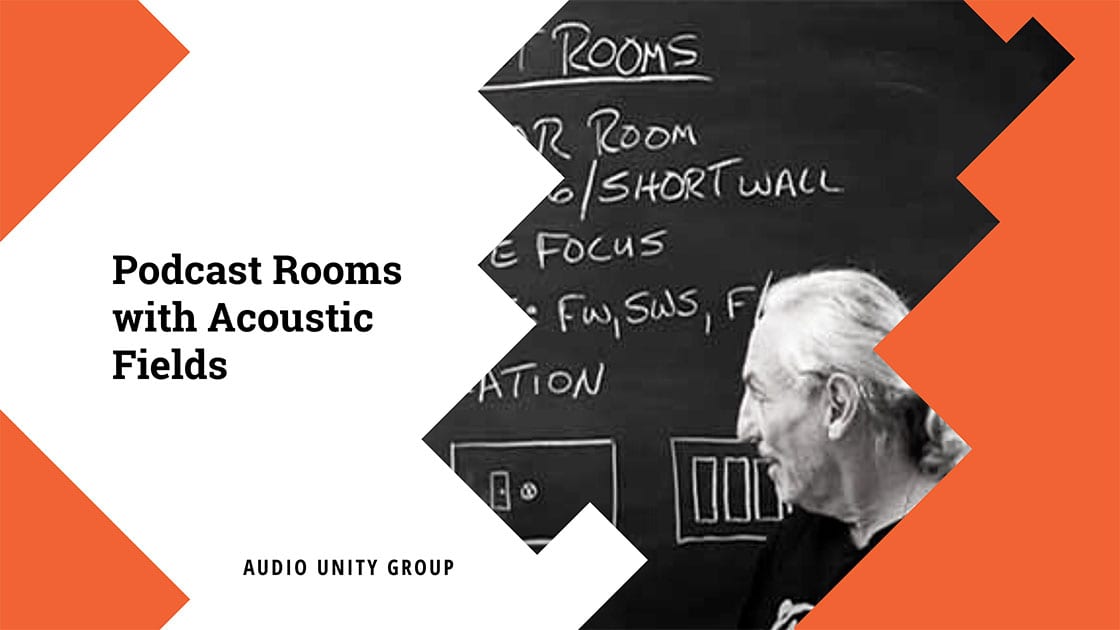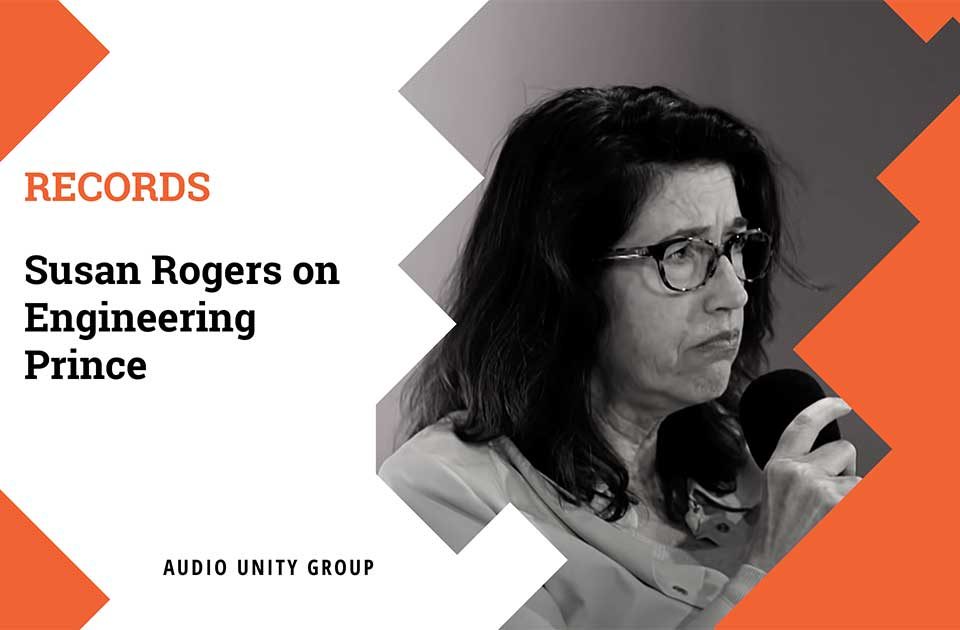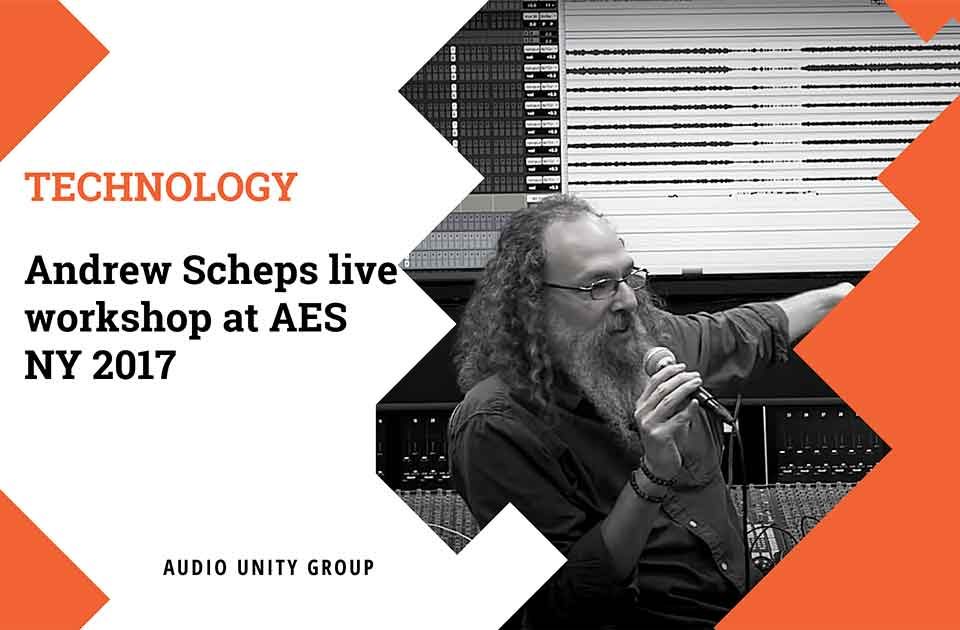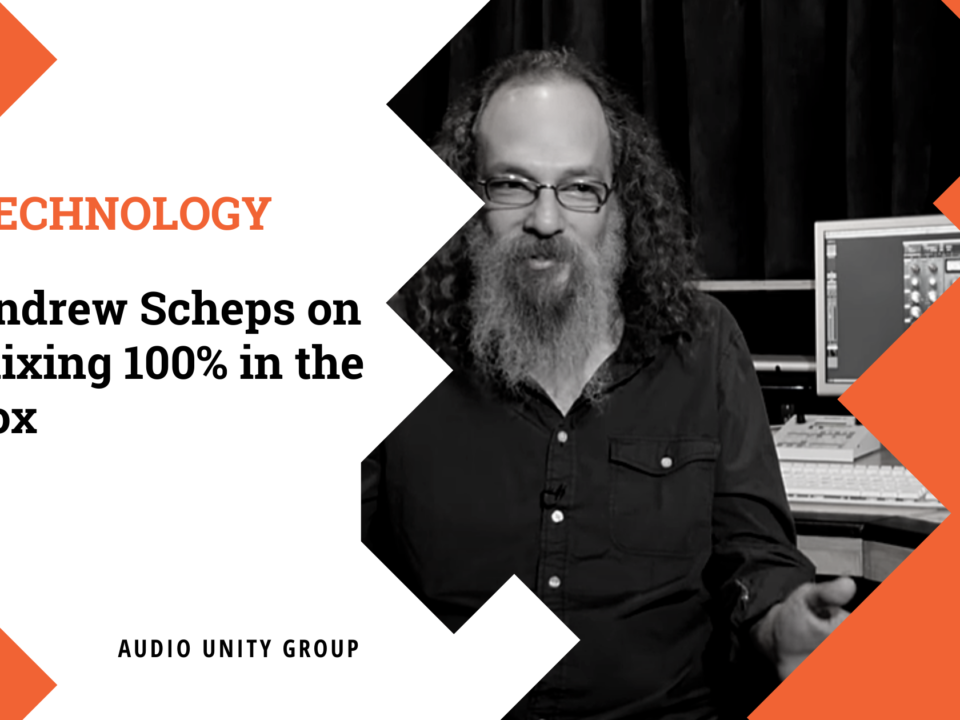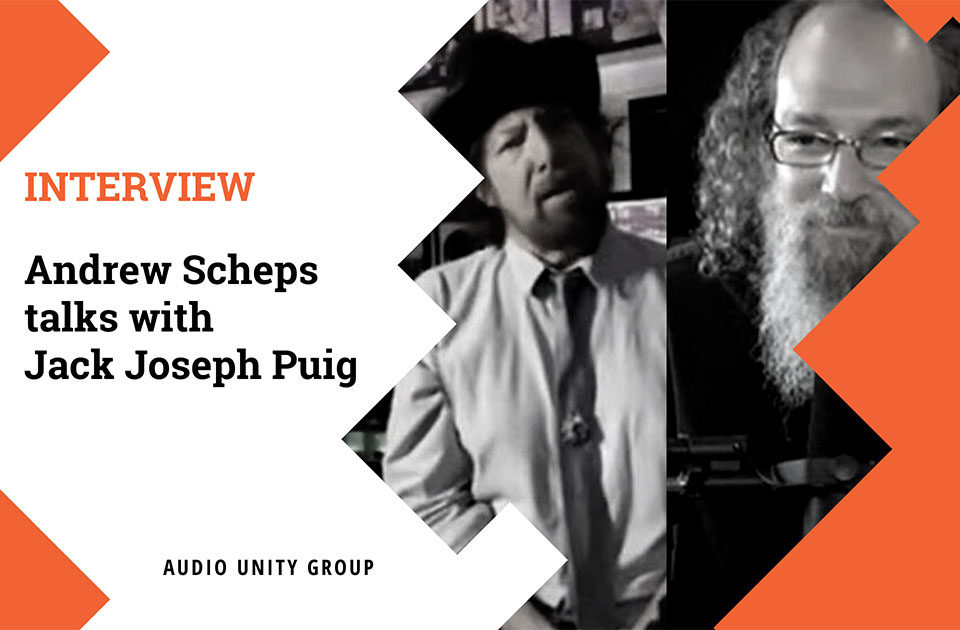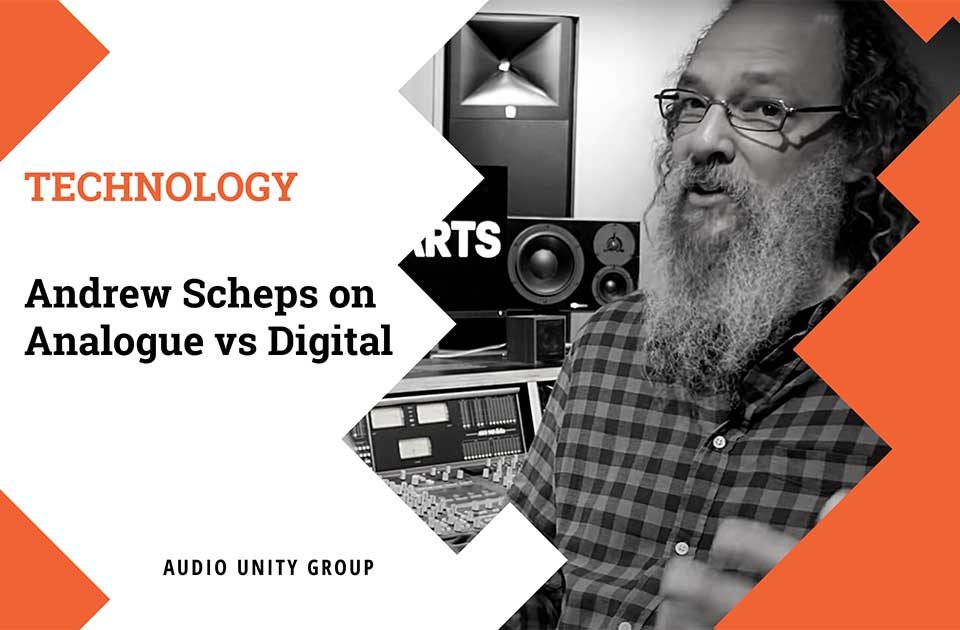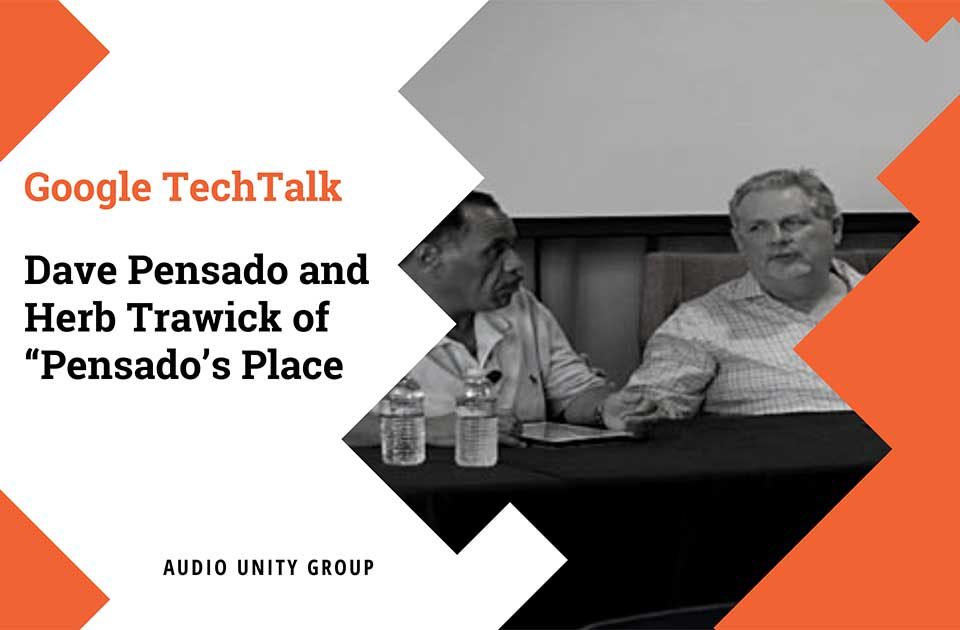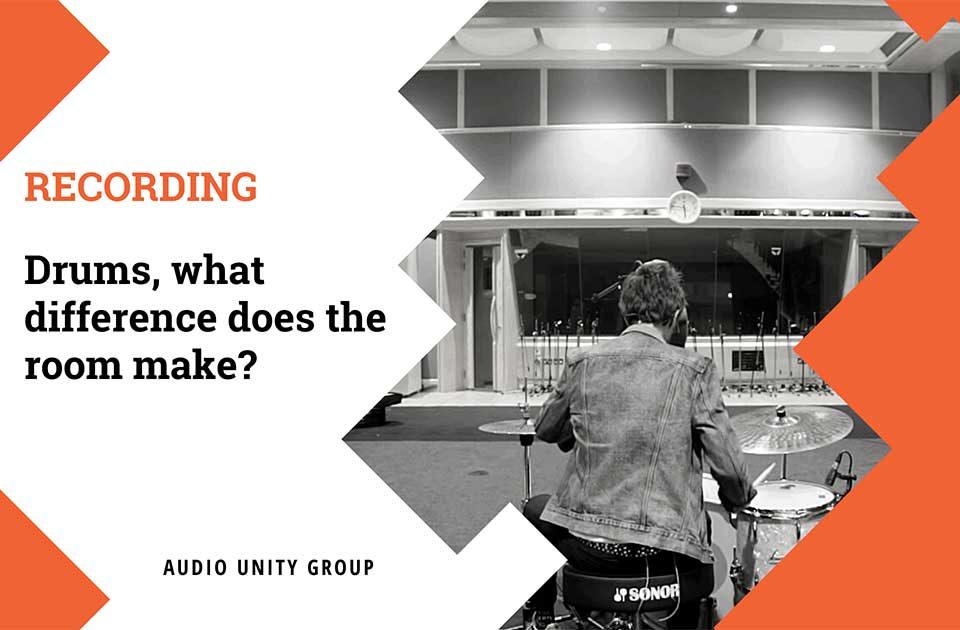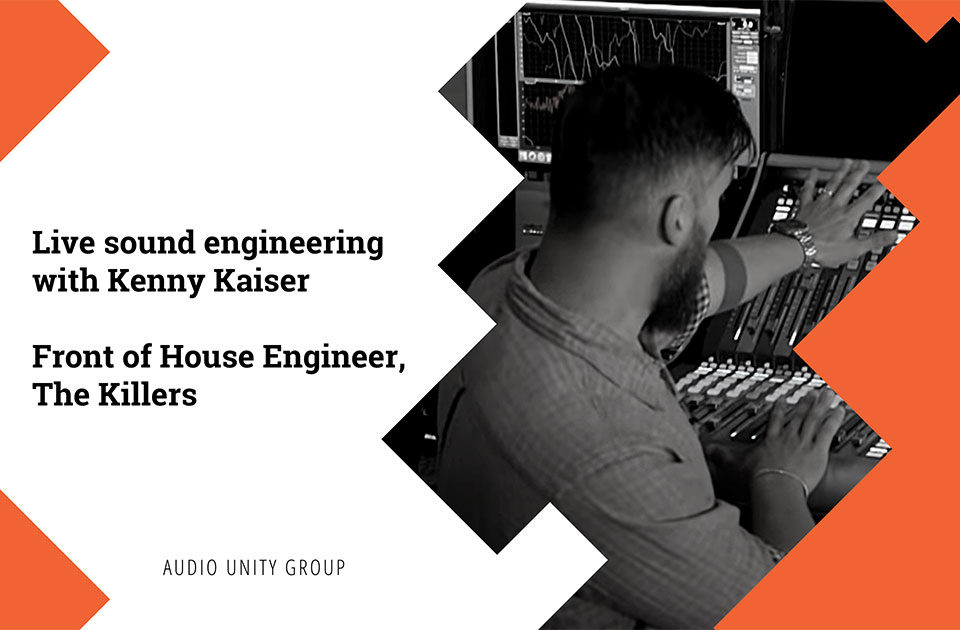
Card Sleeve CDs Millie Manders and The Shutup Norwich UK
April 21, 2020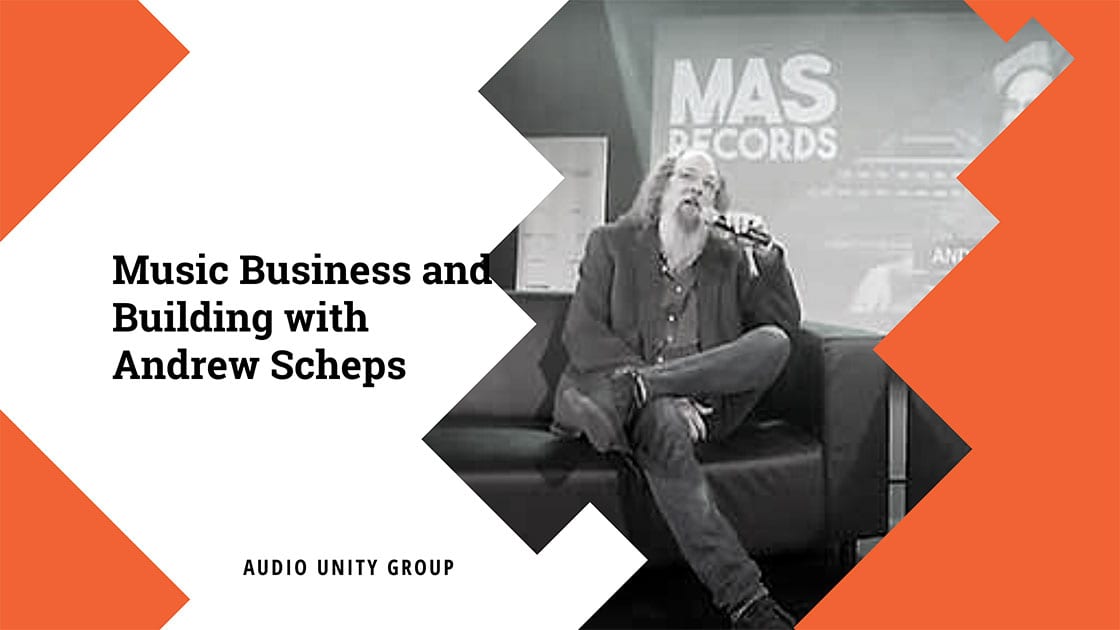
Music Business and Building with Andrew Scheps
April 27, 2020Podcast Rooms
In this video Dennis from Acoustic Fields is talking about podcast rooms and which type and amount of acoustic treatment is necessary to produce the best vocal recordings possible. Watch the video to find out more
Transcription
[00:00:07.190]
Hi, everyone. Dennis Foley, from Acoustic Fields. Today we’re going to talk about podcast rooms. I’ve been getting a lot of requests on treating a podcast room and what’s the best size room to use, what’s the best shape of room to use? And I think if we kind of back up a little bit and look at what we’re doing or usage, because I’m always harping on usage usage usage, because that determines everything that you do in the room.
[00:00:34.150]
It determines size. It determines treatment types and amounts. It determines where you set up in the room for all the equipment you’re going to have. In this case, all we have is a microphone. So the best room size for podcast room is the rectangular room, because we have surface areas that are predictable and consistent, and that’s what we need.
[00:01:01.080]
We need to be able to manage the energy in the room so that it doesn’t interfere with our microphone. This is a table with the microphone. This is a listening position. So with a rectangular room, we can set up two places. We have two choices.
[00:01:16.930]
We can set up on the long wall or we can set up on the short wall. Either one is okay because we’re not putting a lot of energy in the room and the energy that we are putting in the room has a limited frequency response because it’s usually female or male vocals. Now, energy levels can rise. If we get more players. If we get more people speaking, then our energy levels rise a little bit.
[00:01:43.380]
But in this scenario, two or three people will work also. So usually we don’t have too many more than that in a podcast. The bottom line here is stay with the rectangular rooms because our treatment options are usually just absorption. So with absorption, we can have predictable and consistent amounts that we apply in a rectangular room. So our whole focus in this room has to be on the microphone.
[00:02:15.090]
Okay, because that is the whole source of what we’re trying to do. We’re speaking into the microphone and we’re wanting this distance from our mouth to the microphone, the direct energy to not be impacted by reflections off the wall surfaces. So that’s our goal. In order to do that, we have to manage the reflections, front wall, side walls and floor to ceiling. Now, this floor to ceiling reflection is critical because that’s the first one that’s going to reach the microphone.
[00:02:51.850]
Why is that? Well, it’s the closest surface area to the microphone, the floor and the ceiling. So carpeting on the floor is a great idea. If you have hardwood floors, try to get a rug that covers this area here around the microphone and table and listening position. That’s a good start.
[00:03:13.830]
Now for treatment, we’re going to usually look at 60% to 75% surface area coverage. If this is front wall, we need to look at 60% to 75% surface area coverage on those areas. It’s a rule of thumb. It’s not going to make everybody happy. I get it.
[00:03:36.070]
But the bottom line here is we’re trying to treat the problems in the room so that they don’t interfere with this relationship. This direct energy from the microphone to the speaker. When we add up all these reflections together, what do we get? Well, we get reverberation time. We know from past videos that reverberation time is really distortion when it comes to speech.
[00:04:02.730]
So our focus here is speech intelligibility. So we do that by managing the reverberation times, lowering them. And how do we do that? We absorb the reflections. Now, the most important thing to do is rate and level of absorption, not just any type of material or work here.
[00:04:25.400]
You have to be very careful because this is voice, and we all know my stance on voice and music. These are different creatures. One type of absorption will not work for both. And you have to be careful with too much absorption, which is rate, not so much level anymore, because we’re just working with boys. Most sound absorption products in the marketplace will cover that vocal range for males.
[00:04:54.090]
We have to look at this 90 to two K a little bit higher.
[00:05:04.610]
So what we have to be careful of is rate and level of any sound absorption material that we choose. And we all know my position on this that music and voice are very special. So we’ve all been in rooms where it’s too dead and there’s too much voice or too little voice that we’re hearing because there’s too much absorption. So we’ve also been in rooms where you get this sound, where you get that tunnel type of sound. Well, that can result from too narrow of a surface here and too many reflections between the walls and the listening and the microphone position.
[00:05:41.010]
So we want to use a technology that’s designed for voice, and that’s our studio pro form. I spent eight years developing at an expense of $2 million. It took me forever to get those response curves and look at those response curves on our website. You’re going to see a nice, smooth transition of absorption from 125 to 500. And that’s the key with any voice.
[00:06:08.520]
It’s that 125 to 500. And we discovered that by testing corporate boardrooms back in the 80s and 90s, I saw that that area was lacking in the products that were in the marketplace at that time. Well, no more. We have a product that’s really good for music and voice. It’s used all over the world.
[00:06:27.060]
Engineers love it. What the engineers say about our phone is that they never touch the vocal recording. They leave it alone. When it comes out. They don’t add any Reverb or delay.
[00:06:38.660]
In the beginning. They just leave it as is because it’s so good. And then they may add a little bit of Reverb and delay down the road in the mix to get it to sit better in the mix, but right out of the gate, they’re not grabbing any processing. Well, that’s a pretty good testimonial to the performance of our phone. Look at our studio pro form on our phone on our website and you’ll see the curves there.
[00:07:03.470]
So we want to select the right technology to do the absorption. Diffusion sometimes can be used. It just depends on what you’re trying to do in the room. If the room is a little bit too small and you have absorption in there already, you want a little bit of air and separation in the presentation and diffusion as possible. But remember, diffusion is distant dependent and you have to use the right prime number sequence with quadratic diffusion so we don’t produce more distortion at the microphone position.
[00:07:37.000]
That’s our goal. So podcast rooms. I hope this helps get a lot of responses on how to set them up and stuff, so this will give you a starter. Obviously, if you need some more help, just fill out the free room analysis form on our homepage and we’ll get you in the schedule and we’ll look at your room for you. Thank you.
[00:07:56.930]
Thank you for watching this video, and if you liked it, please give us a thumbs up. We also have a newsletter that you can subscribe to, so please do that because we offer special price discounts to only those on our newsletter. And then don’t forget about our forum. We have started a forum on our own website where people ask questions and I usually get a chance every couple of days to look at it. There’s an interchange between people on the forum and we’ll give you real answers.
[00:08:24.030]
Hers on a regular basis, so that’ll help you. Thank you.
Download FREE pdf
mastering chain cheat sheet
Use this 10 step mastering chain sheet to improve your mastering processes and to make sure you do right things at the right time!
DOWNLOAD PDF
Hey I’m Tom, I’m a mastering engineer here at Audio Unity Group. I mostly look after Vinyl production and audio side of things. I hold a bachelor’s degree with honours from Kingston University in London. I love audio and helping others create outstanding-sounding records.


